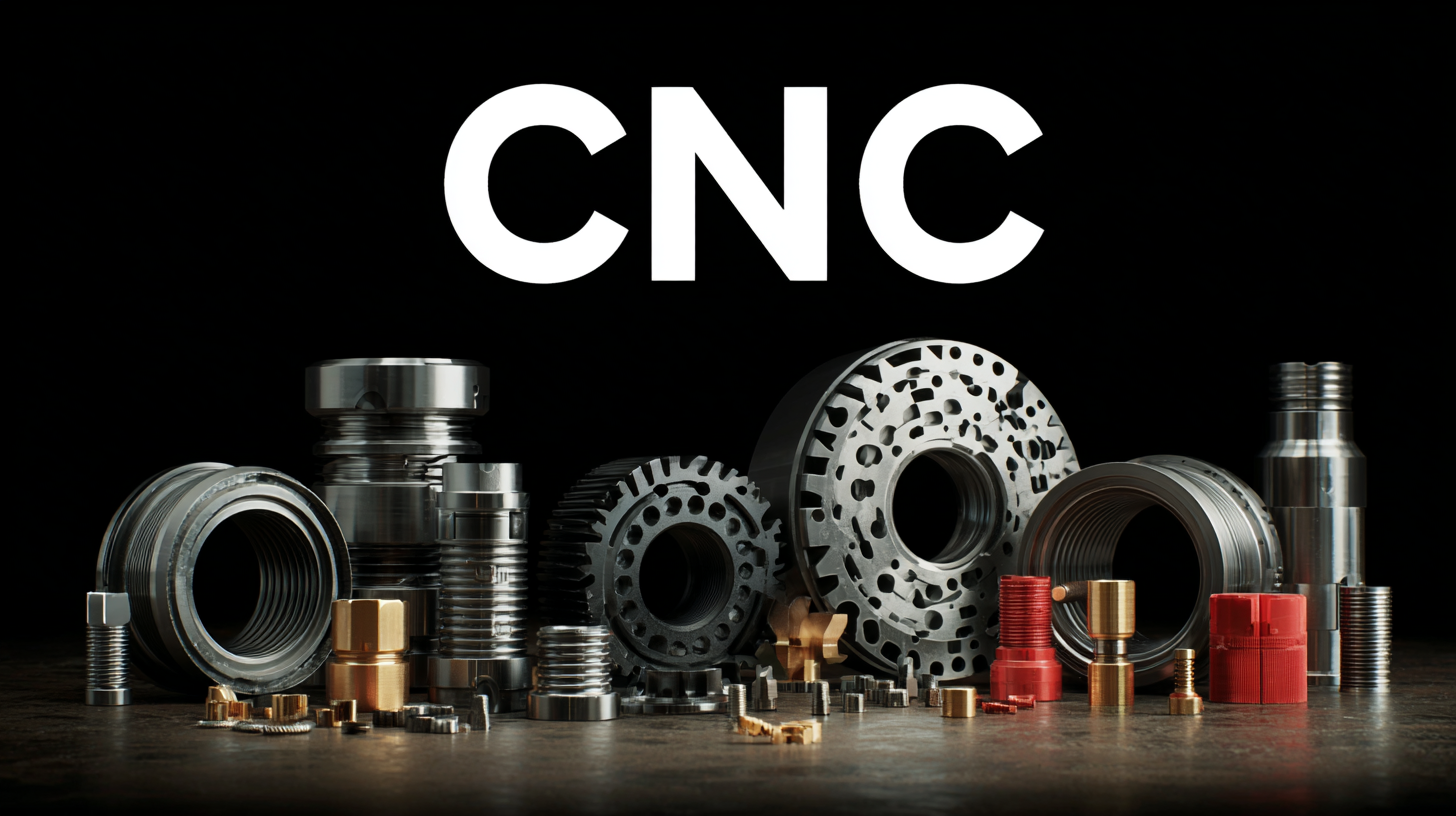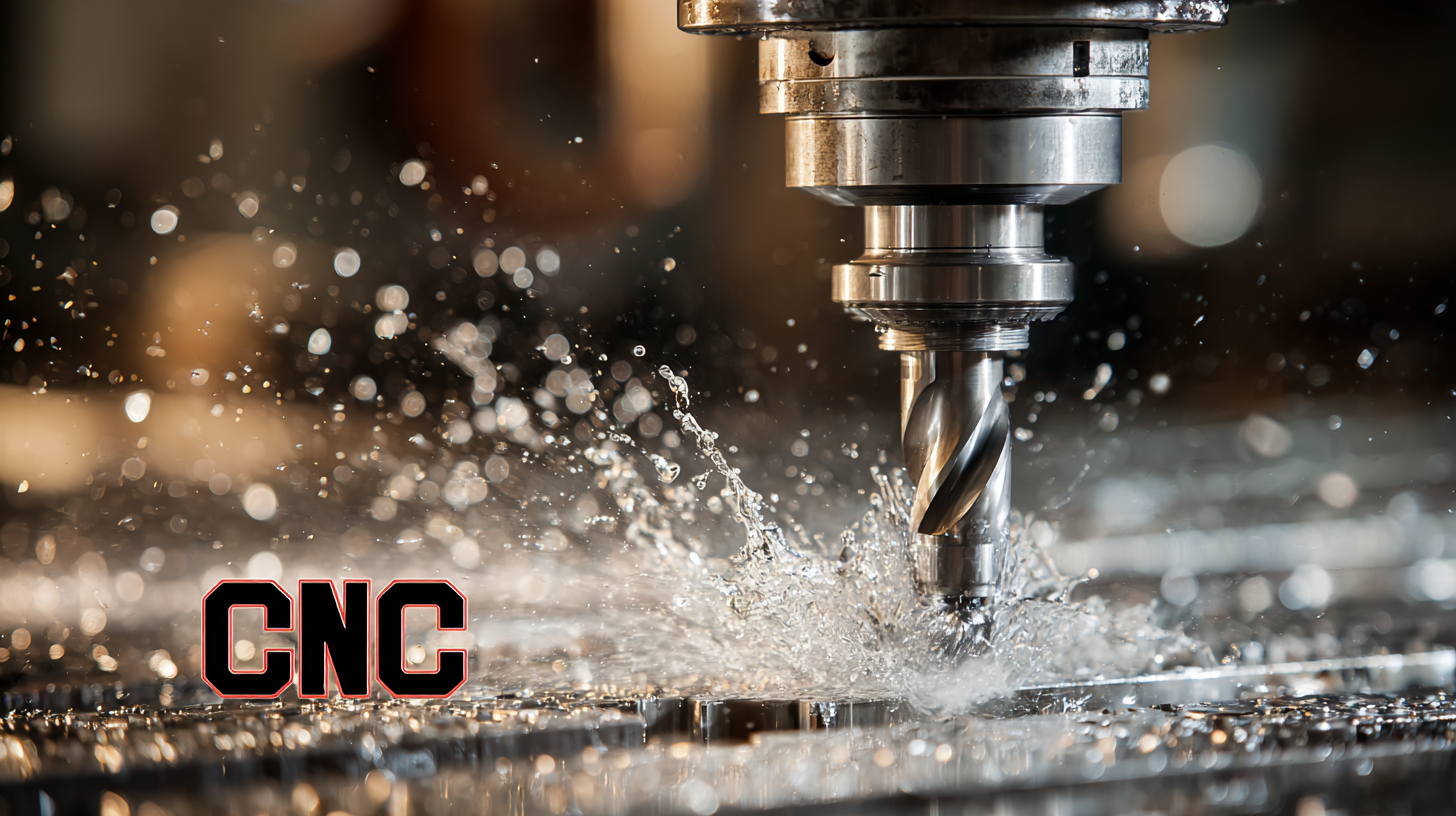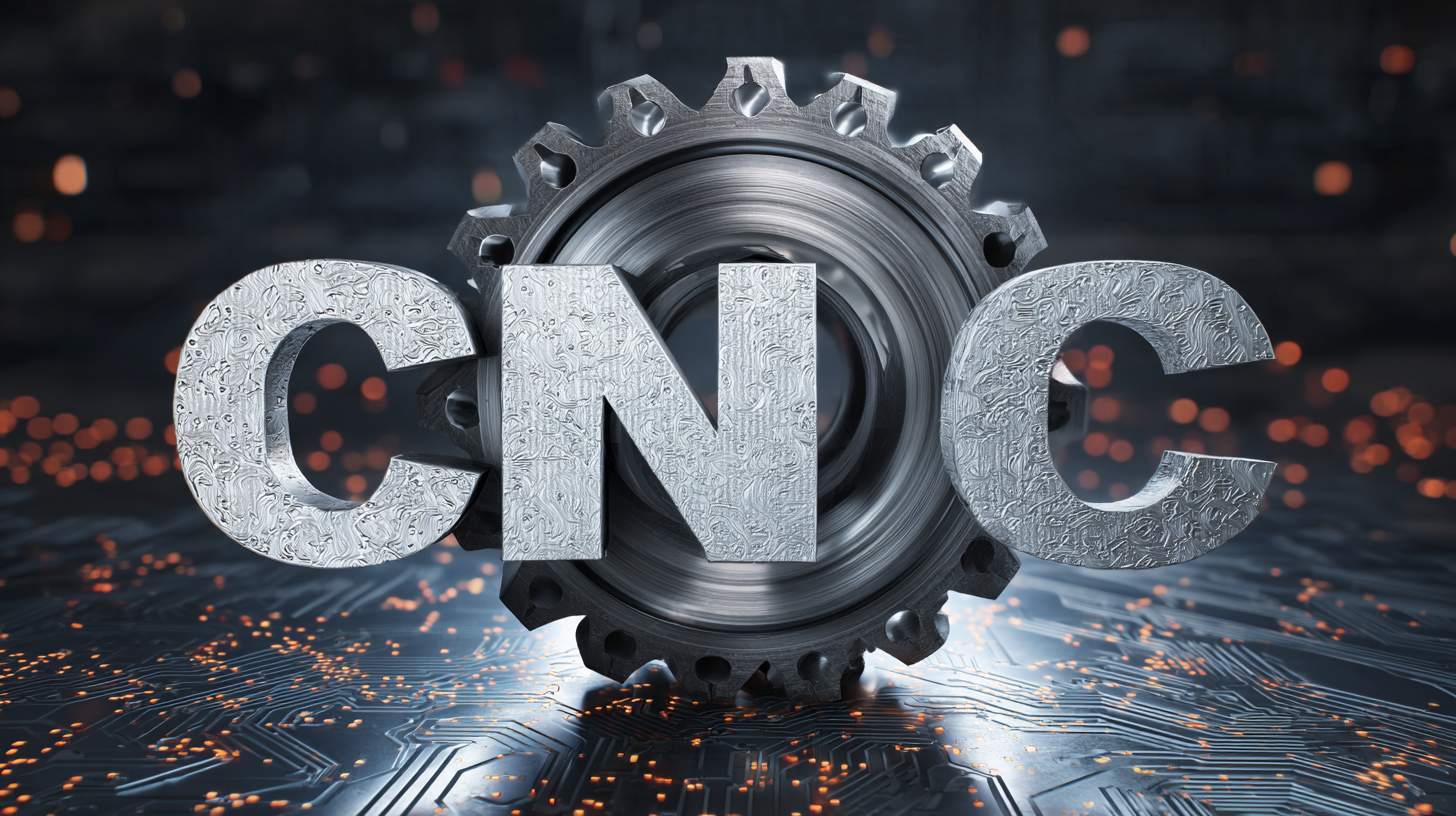In today's rapidly evolving manufacturing landscape, sourcing high-quality CNC parts is crucial for maintaining competitive advantage on a global scale. As industries increasingly rely on precision engineering and advanced automation, the demand for reliable and efficient CNC components continues to rise. This ultimate guide aims to equip manufacturers with the essential knowledge and strategies needed to navigate the complexities of sourcing CNC parts. Whether you are a seasoned professional or new to the field, understanding the nuances of materials, suppliers, and production processes will empower you to make informed decisions that enhance productivity and profitability. Join us as we delve into the best practices for procuring CNC parts that meet your specific manufacturing needs and ensure the success of your operations in an interconnected world.

When sourcing CNC parts for global manufacturing, understanding your specific requirements is crucial to ensure efficiency and cost-effectiveness. The global CNC machine market is projected to grow from $101.22 billion in 2025 to $195.59 billion by 2032, with a compound annual growth rate (CAGR) of 9.9%. This growth emphasizes the importance of adapting to market dynamics and choosing suppliers who can meet diverse production needs.
**Tips:** To define your CNC part requirements clearly, consider the specific applications and industries you serve. Automating CNC processes can significantly enhance efficiency, and data shows that the CNC machining and turning centers market is expected to grow from $25.99 billion in 2023 to an even greater value, indicating robust demand for advanced machining capabilities.
When selecting CNC components, prioritize compatibility with your existing systems. Integration within a secure and interoperable environment can lead to considerable gains in productivity, as supported by insights into the STEP-NC CAD/CAM/CNC information flow. Establish a checklist to evaluate suppliers on their ability to deliver the precise specifications you need, while also considering factors such as energy consumption and manufacturing timelines.
When sourcing CNC parts internationally, several key factors play a crucial role in ensuring quality and efficiency. First and foremost, it is imperative to assess the supplier's capability and expertise. This can be done by reviewing their production processes, quality management systems, and past client testimonials. A supplier who adheres to international standards such as ISO certifications is often more reliable, as it indicates a commitment to high-quality manufacturing practices.
Another important consideration is understanding the legal and logistical implications of sourcing parts from various countries. This includes tariffs, import regulations, and shipping costs, which can significantly impact overall expenses and delivery timelines. Additionally, establishing clear communication channels with your supplier is essential to manage expectations and address any issues promptly. By being proactive and informed about these factors, manufacturers can effectively navigate the complexities of global sourcing and secure the best CNC parts for their needs.
When sourcing CNC parts for global manufacturing, evaluating suppliers is paramount to ensure a seamless production process. Quality should be the foremost criterion; manufacturers must conduct rigorous assessments of the suppliers' materials and production techniques. A potential supplier’s certifications, such as ISO compliance, can provide insight into their adherence to quality standards. Additionally, consider visiting the supplier’s facilities or requesting samples to gauge their craftsmanship firsthand.
Cost is another crucial factor, but it should not compromise quality. It is essential to obtain quotes from multiple suppliers to compare prices without sacrificing the integrity of the parts. Look for suppliers who offer transparency in their pricing structures, allowing for a clearer understanding of where costs come from. Evaluate the total cost of ownership by considering factors such as shipping fees, tariffs, and potential delays, which can impact the overall budgeting for projects.
Lastly, reliability cannot be overlooked when selecting a CNC parts supplier. A dependable supplier will have a consistent track record of on-time deliveries and effective communication. Requests for references or testimonials from other clients can also help assess a supplier's reliability. Establishing a long-term partnership with a trustworthy supplier will ultimately enhance efficiency and productivity in your manufacturing operations.

Navigating supply chain challenges in CNC parts procurement is crucial in today’s global manufacturing landscape. As businesses expand their reach, they often face hurdles such as fluctuating raw material costs, varying international regulations, and logistical delays. A strategic approach to sourcing CNC parts is essential; companies must prioritize building strong relationships with reliable suppliers who can adapt swiftly to changing market conditions.

Moreover, transparency within the supply chain is key to mitigating risks. Employing technologies such as blockchain can enhance traceability, ensuring that every component meets the required specifications. Companies should also consider diversifying their supplier base, reducing dependency on a single source to bolster resilience. By staying informed about global market trends and potential disruptions, manufacturers can proactively adjust their procurement strategies, ensuring a steady flow of high-quality CNC parts that meet their production demands.
In today’s global manufacturing landscape, leveraging technology has become essential to optimize sourcing strategies for CNC parts. Advanced technologies such as artificial intelligence and machine learning improve the precision of sourcing decisions, allowing manufacturers to identify reliable suppliers based on data-driven insights. These tools enable businesses to analyze patterns in supplier performance, ensuring consistent quality and timely delivery of components.
Additionally, utilizing cloud-based platforms enhances collaboration across the supply chain. With real-time access to inventory levels, production schedules, and shipping statuses, manufacturers can adapt swiftly to changing demands. Digital communication tools facilitate seamless interactions with suppliers from different regions, reducing the lead times that can often hinder production. By embracing these technological advancements, companies can not only streamline their sourcing processes but also foster stronger partnerships that contribute to overall efficiency and cost-effectiveness in CNC part procurement.
| Part Type | Material | Quantity | Lead Time | Cost per Unit |
|---|---|---|---|---|
| Bracket | Aluminum 6061 | 100 | 2 weeks | $5.00 |
| Gear | Steel | 200 | 4 weeks | $3.50 |
| Housing | Plastic ABS | 150 | 3 weeks | $2.00 |
| Shaft | Stainless Steel | 50 | 1 week | $10.00 |
| Washer | Nylon | 500 | 2 weeks | $0.25 |




